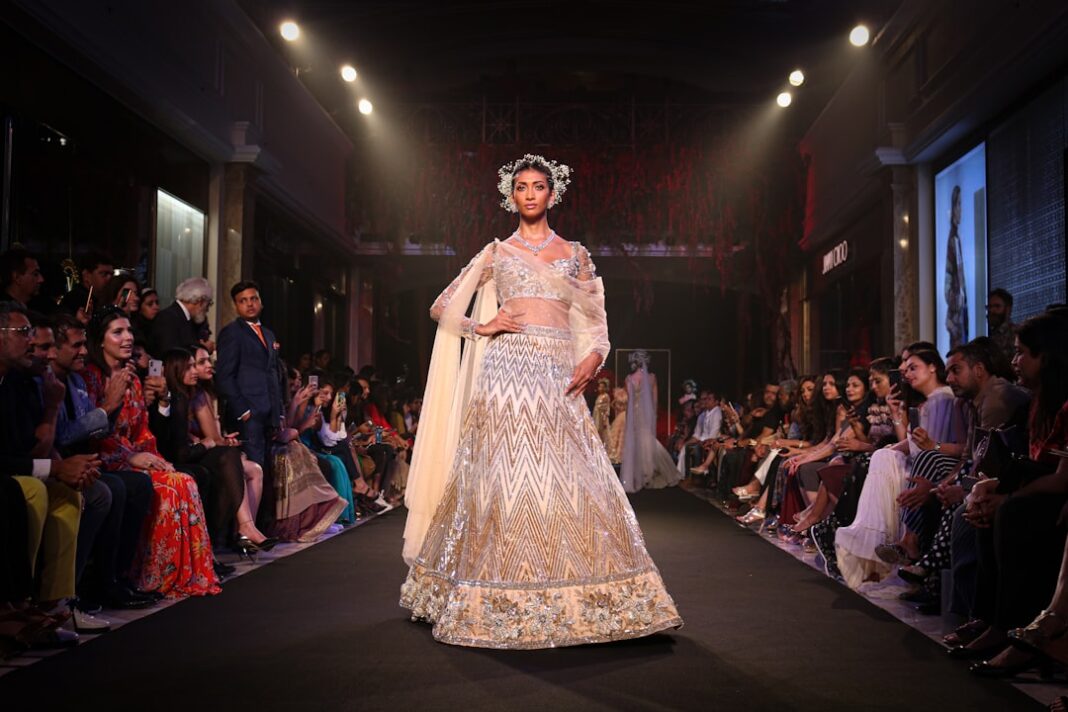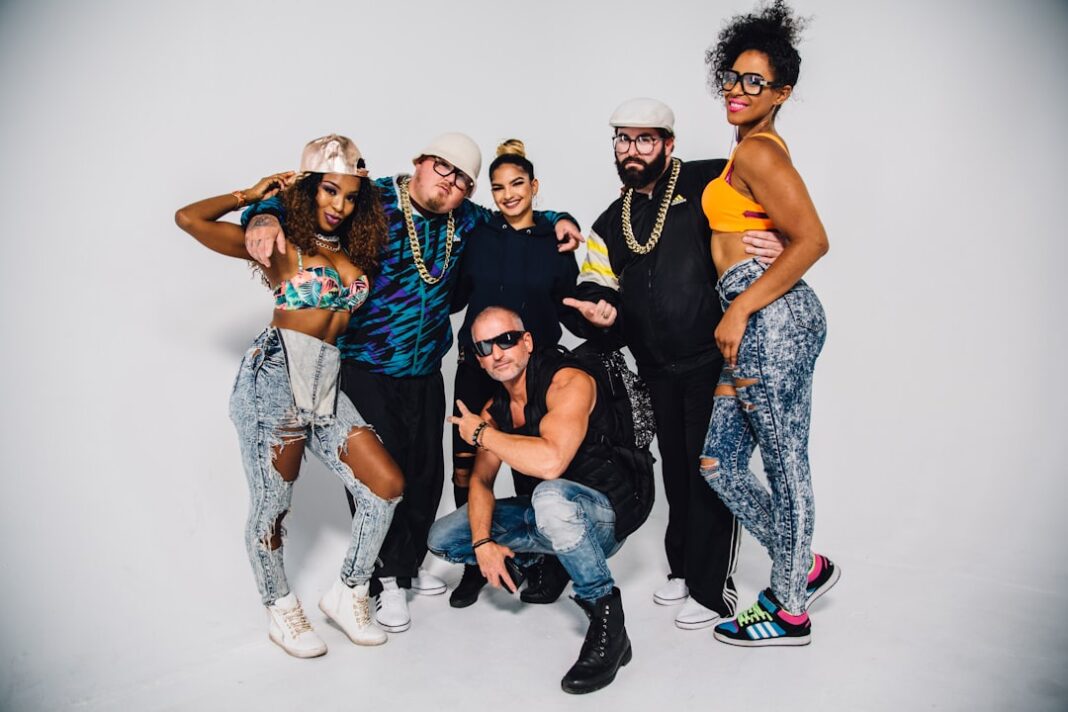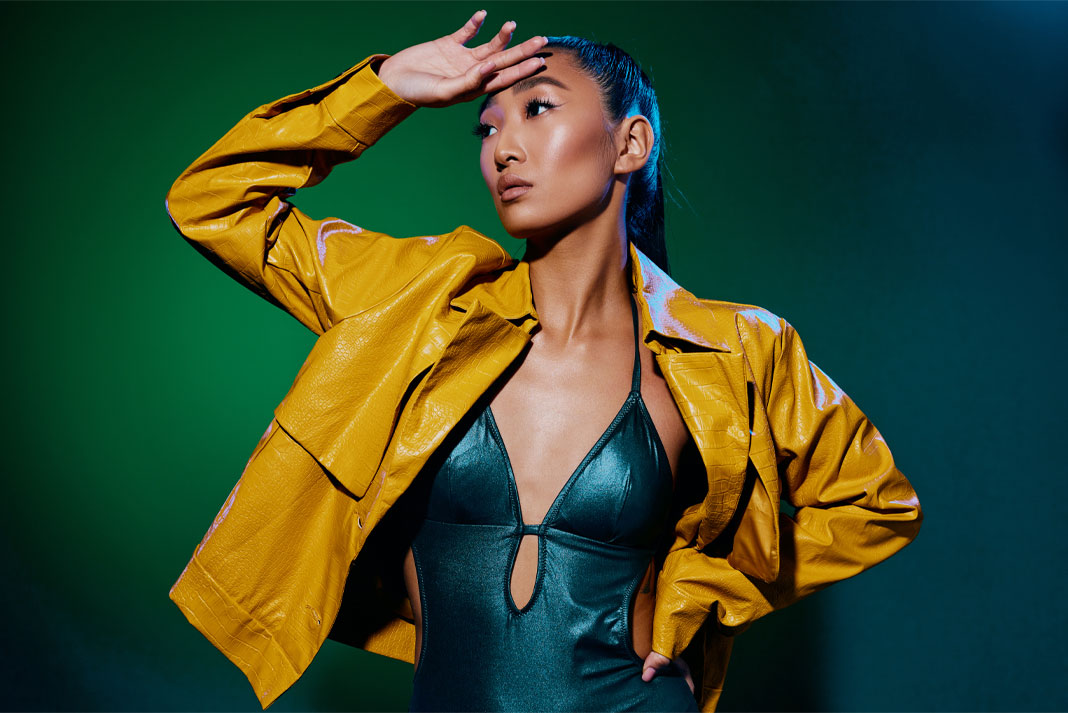The fashion industry is a dynamic and competitive sector encompassing various career paths, including modeling, design, styling, and photography.
This rapidly evolving industry continually sets new trends, making it both exciting and challenging for professionals. To succeed in fashion, individuals must stay informed about current trends, understand the diverse roles and responsibilities within the field, and be aware of the industry’s demands and expectations.
In modeling, it is crucial to comprehend the different categories, such as runway, commercial, editorial, and plus-size modeling. Each category has specific requirements and expectations, and models must identify their niche and understand the associated demands. Knowledge of the business aspects, including contracts, negotiations, and industry standards, is essential for a successful career in fashion.
Staying informed about industry developments through fashion publications, blogs, and social media platforms is vital for maintaining relevance and competitiveness in the fashion world. This continuous learning and adaptation process helps professionals navigate the ever-changing landscape of the fashion industry.
Key Takeaways
- The fashion industry is fast-paced and constantly evolving, requiring a deep understanding of trends and consumer behavior.
- Developing a personal style is crucial for standing out in the industry and creating a unique brand identity.
- Building a diverse and high-quality portfolio is essential for showcasing your skills and attracting potential clients or agencies.
- Finding the right agency can provide valuable connections, resources, and opportunities for career growth.
- Networking and self-promotion are key for gaining visibility and building a strong professional network within the industry.
- Maintaining a healthy lifestyle is important for managing the demands and pressures of the industry and sustaining long-term success.
- Navigating the challenges of the industry, such as competition and rejection, requires resilience, adaptability, and a strong support system.
Developing Your Personal Style
Models: Finding Your Unique Look
As a model, developing your personal style involves understanding your best angles, poses, and expressions, as well as experimenting with different looks and styles to find what works best for you. It also means being open to trying new things and being adaptable to different concepts and themes.
Designers: Creating a Cohesive Brand Identity
For designers, developing a personal style involves honing your design aesthetic and creating a cohesive and recognizable brand identity. This may involve experimenting with different fabrics, silhouettes, and color palettes to find what resonates with you and speaks to your target audience.
Stylists and Photographers: Developing a Signature Style
Stylists and photographers also need to develop their own unique style that sets them apart from others in the industry. This may involve developing a signature editing technique or a distinct approach to styling that becomes their trademark.
Building a Portfolio

Building a strong portfolio is essential for anyone working in the fashion industry. Your portfolio is a visual representation of your work and skills, and it is often the first thing that potential clients or agencies will see when considering working with you. A well-curated portfolio can showcase your talent, creativity, and versatility, and can help you stand out in a competitive industry.
For models, a portfolio typically includes a variety of professional photos that showcase different looks, poses, and expressions. It is important to work with reputable photographers and stylists to create high-quality images that highlight your best features and versatility as a model. Including a mix of editorial, commercial, and runway shots can demonstrate your range as a model and increase your chances of booking different types of jobs.
Designers should include photos of their best work in their portfolio, including sketches, mood boards, and finished garments. It is important to show a variety of designs that highlight your unique aesthetic and technical skills. Stylists should include photos of their styled looks on models or clients, showcasing their ability to create cohesive and visually appealing outfits.
Photographers should include a diverse range of their best work in their portfolio, demonstrating their technical skill, creativity, and ability to capture different types of subjects and concepts.
Finding an Agency
Finding the right agency is crucial for models looking to establish themselves in the fashion industry. An agency can provide valuable connections, guidance, and opportunities that can help launch a model’s career and provide ongoing support and representation. When looking for an agency, it is important to research and approach reputable agencies that have a strong track record of representing successful models and have good relationships with clients in the industry.
Before approaching an agency, it is important for models to have a strong portfolio that showcases their versatility and potential as a model. It is also important to have a clear understanding of the type of modeling you want to pursue (e.g., runway, commercial, editorial) so that you can find an agency that specializes in that area. When researching agencies, look for ones that have a good reputation in the industry, represent models with similar looks or styles to yours, and have strong relationships with reputable clients and brands.
It is also important to consider the agency’s location and the opportunities they can provide in terms of local and international work. When approaching agencies, it is important to be professional, prepared, and persistent. This may involve sending your portfolio and measurements to agencies via email or attending open casting calls or “go-sees” where you can meet with agents in person.
It is important to be patient during this process as it can take time to find the right agency that is the best fit for you.
Networking and Self-Promotion
Networking and self-promotion are essential for success in the fashion industry. Building relationships with other professionals in the industry can lead to valuable connections, collaborations, and opportunities that can help advance your career. Self-promotion is also important for getting your work seen by potential clients and building your personal brand.
Networking can take place at industry events such as fashion shows, trade shows, and networking mixers where you can meet other professionals in the industry. It can also happen online through social media platforms like Instagram and LinkedIn where you can connect with other professionals and showcase your work to a wider audience. Building genuine relationships with other professionals in the industry can lead to referrals, collaborations, and mentorship opportunities that can help advance your career.
Self-promotion involves actively marketing yourself and your work to potential clients or agencies. This may involve creating a professional website or portfolio to showcase your work, regularly updating your social media profiles with new content, or reaching out directly to potential clients or agencies to pitch your services. It is important to be strategic in your self-promotion efforts by targeting the right audience and showcasing your unique skills and strengths.
Maintaining a Healthy Lifestyle

Physical Health and Wellness
This may involve maintaining a balanced diet, getting regular exercise, managing stress levels, getting enough sleep, and seeking support when needed. For models, maintaining a healthy lifestyle involves taking care of their physical appearance through regular exercise, proper nutrition, skincare routines, and self-care practices.
Mental Health and Stress Management
It also means managing stress levels by practicing mindfulness techniques or seeking support from mental health professionals when needed. Designers, stylists, photographers, and other professionals in the industry also need to prioritize their health by managing their workload effectively, setting boundaries with clients or employers when necessary, and seeking support from colleagues or mentors when feeling overwhelmed.
Challenging Industry Pressures and Expectations
It is also important for professionals in the fashion industry to be mindful of the pressures and expectations that come with working in an image-focused industry. This may involve challenging unrealistic beauty standards or seeking out inclusive and diverse opportunities within the industry that align with their values.
Navigating the Challenges of the Industry
The fashion industry presents unique challenges that professionals must navigate in order to succeed. These challenges may include fierce competition, rejection, long hours, tight deadlines, pressure to maintain a certain image or standard of beauty, and navigating complex professional relationships. It is important for professionals in the industry to develop resilience, perseverance, and effective coping strategies in order to overcome these challenges.
One of the biggest challenges in the fashion industry is competition. With so many talented individuals vying for limited opportunities, it can be difficult to stand out and secure consistent work. Professionals must be proactive in seeking out opportunities, building their skills and portfolio, and staying persistent even in the face of rejection.
Another challenge in the fashion industry is managing professional relationships with clients, colleagues, or agencies. This may involve setting boundaries with difficult clients or employers, navigating complex power dynamics within professional relationships, or advocating for fair treatment and compensation. Developing effective communication skills, assertiveness, and conflict resolution strategies can help professionals navigate these challenges effectively.
The pressure to maintain a certain image or standard of beauty can also be challenging for professionals in the fashion industry. This may involve dealing with body image issues or facing discrimination based on appearance. It is important for professionals to prioritize their mental health and well-being by seeking support when needed and challenging unrealistic beauty standards within the industry.
In conclusion, working in the fashion industry can be both rewarding and challenging. Understanding the demands of the industry, developing a personal style, building a strong portfolio, finding the right agency, networking effectively, maintaining a healthy lifestyle, and navigating the challenges of the industry are all essential components of building a successful career in fashion. By staying informed about industry trends and expectations while prioritizing self-care and resilience, professionals can thrive in this dynamic field.
FAQs
What are the basic requirements for becoming a fashion model?
To become a fashion model, you typically need to meet certain physical requirements such as height, weight, and body measurements. Additionally, having a strong and versatile portfolio, as well as a professional attitude and strong work ethic, are also important.
What are the physical requirements for fashion modeling?
The physical requirements for fashion modeling can vary, but generally, female models are expected to be between 5’8″ and 6’0″ tall, with measurements that fall within a certain range. Male models are typically expected to be between 5’11” and 6’3″ tall. These requirements can vary by agency and market.
How can I build a strong modeling portfolio?
To build a strong modeling portfolio, you can start by working with reputable photographers to create a variety of high-quality images that showcase your versatility and range. It’s important to include a variety of looks, styles, and poses in your portfolio to demonstrate your potential as a fashion model.
What are the steps to getting signed by a modeling agency?
To get signed by a modeling agency, you can start by researching and reaching out to reputable agencies that represent fashion models. You may need to attend open calls or submit your portfolio and measurements online. If an agency is interested, they may invite you for an interview and potential contract offer.
What are the different types of modeling agencies?
There are various types of modeling agencies, including high fashion agencies, commercial agencies, plus-size agencies, and fitness agencies. Each type of agency represents models for specific types of work, so it’s important to research and target agencies that align with your modeling goals and strengths.
What are the potential career paths for fashion models?
Fashion models can pursue various career paths, including runway modeling, editorial modeling, commercial modeling, fit modeling, and more. Additionally, some models may transition into other areas of the fashion industry, such as fashion design, styling, or photography.


